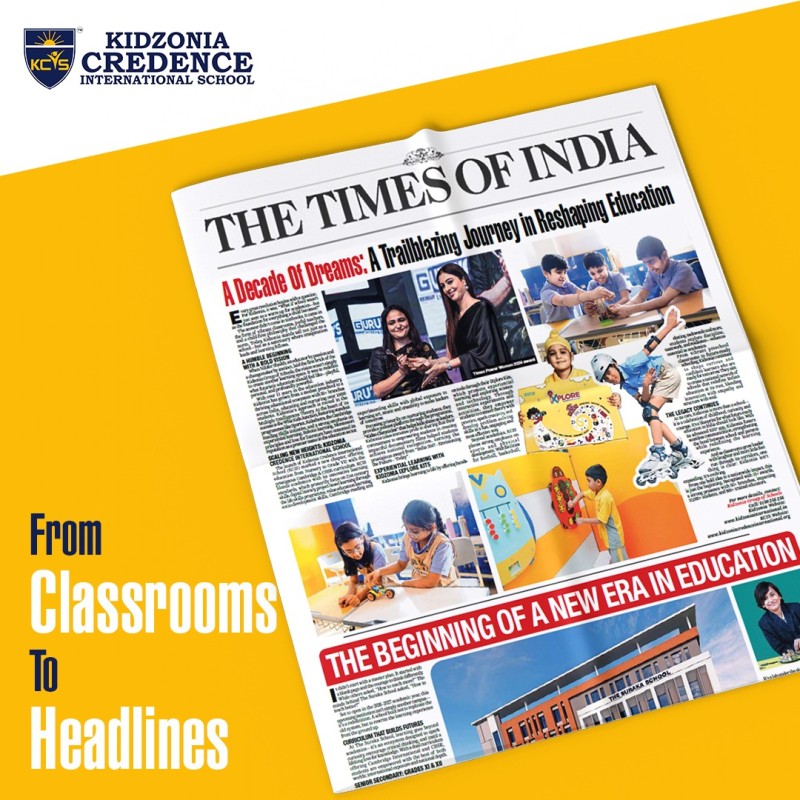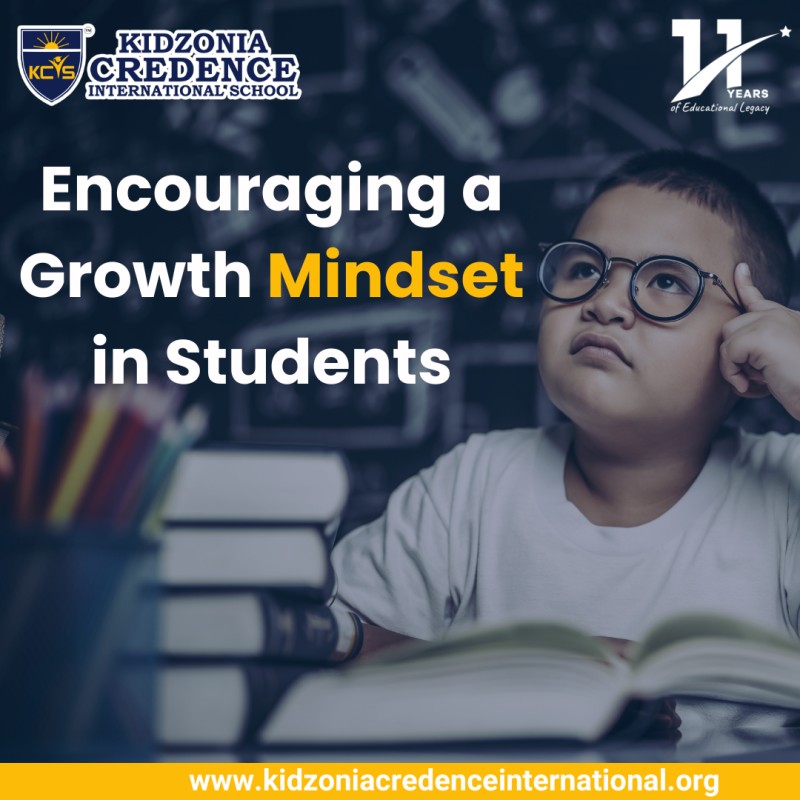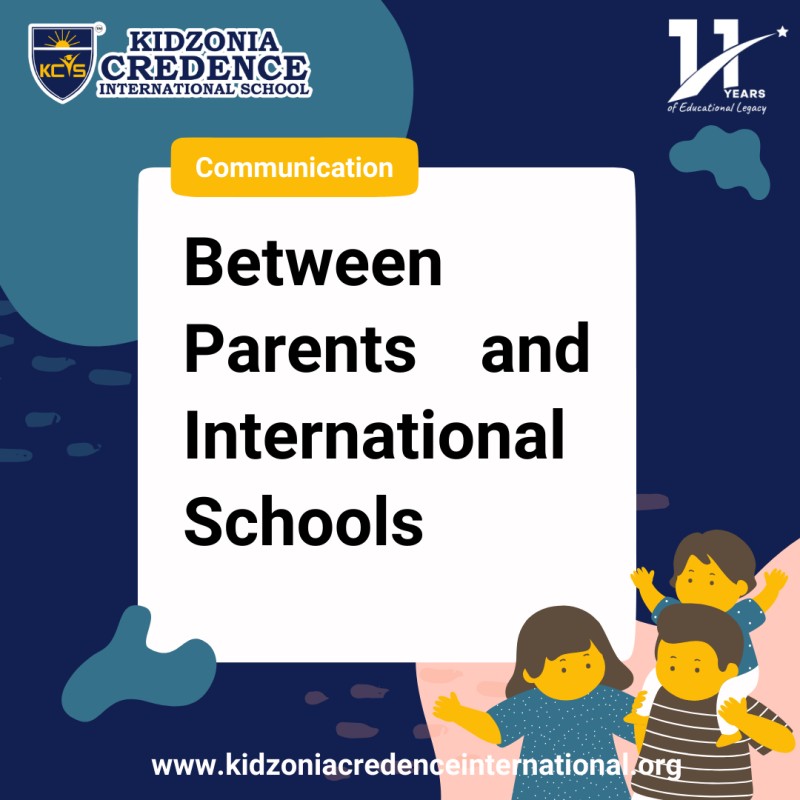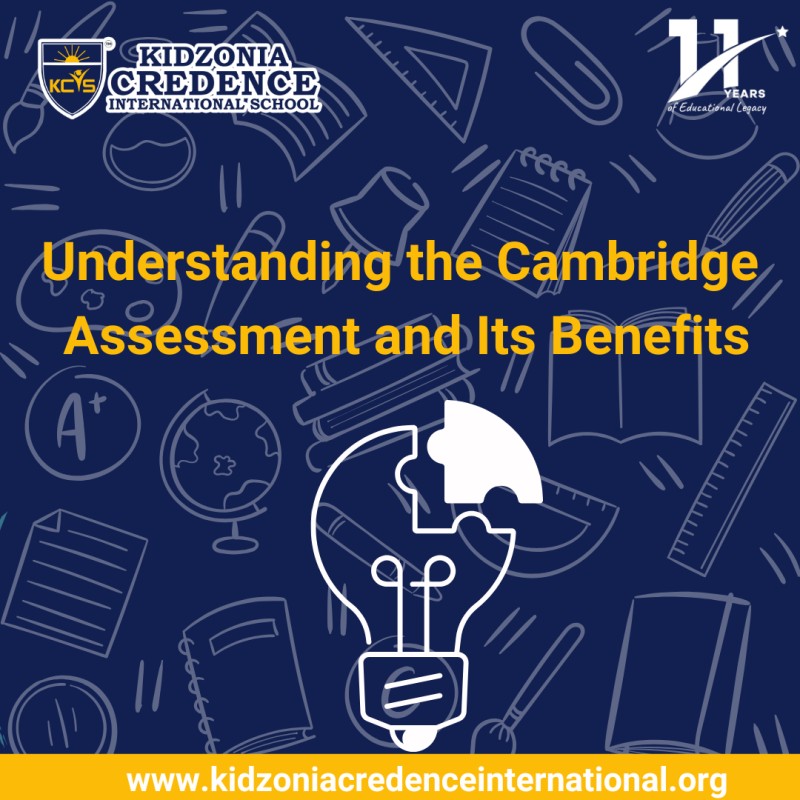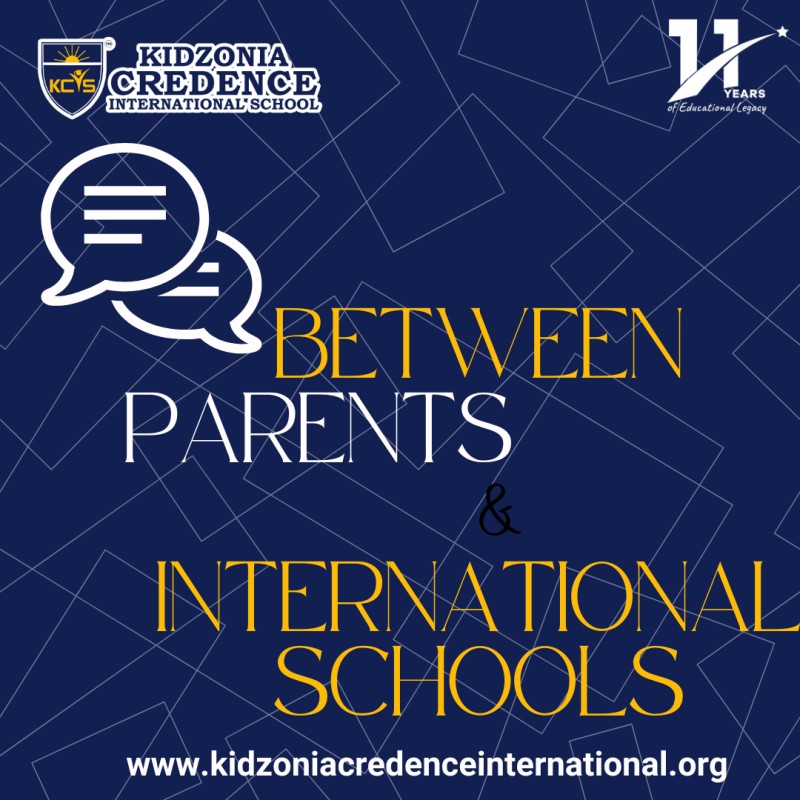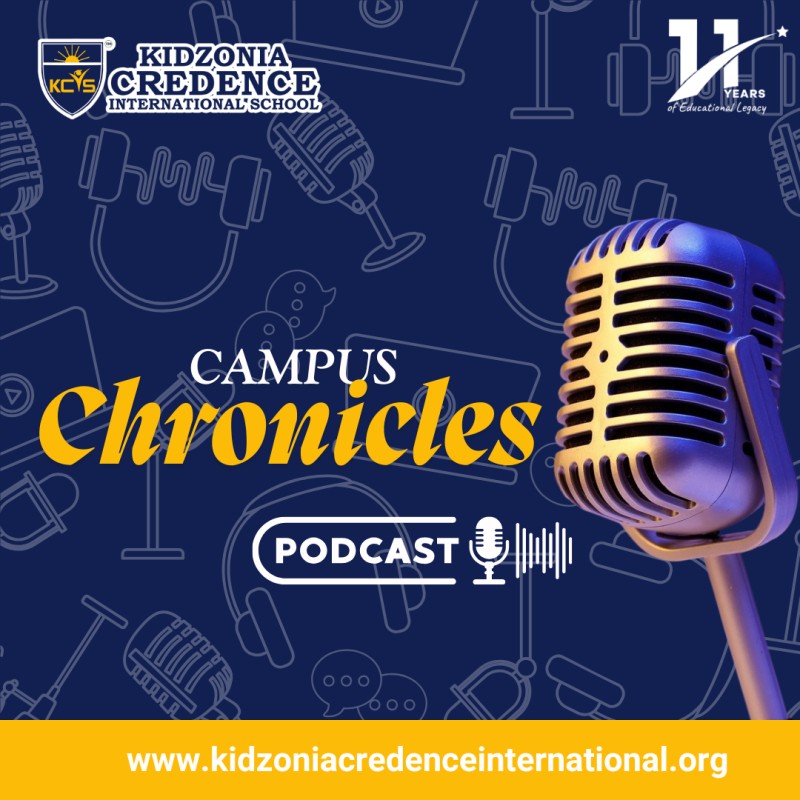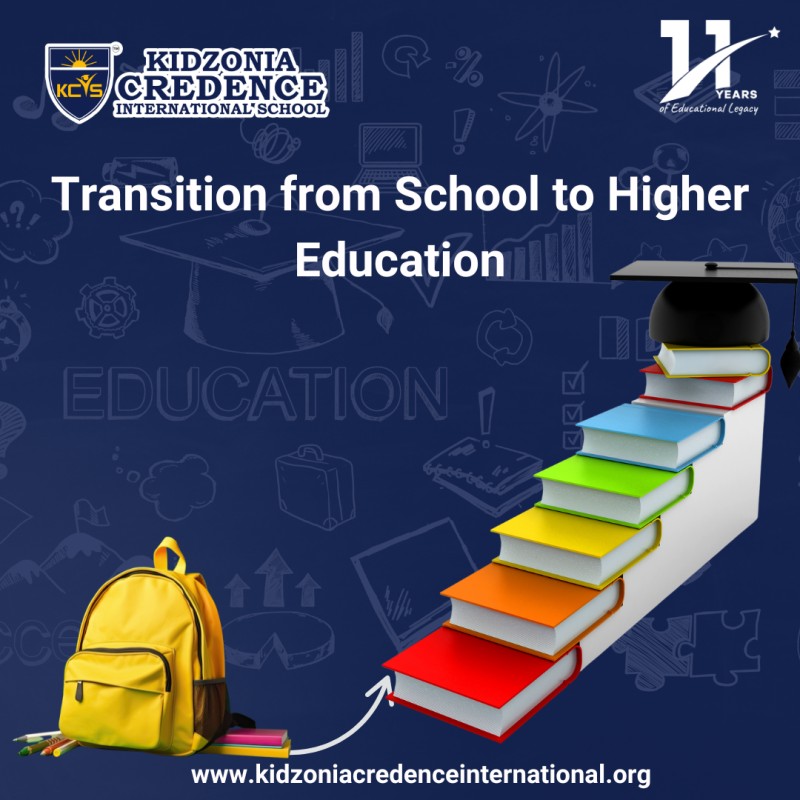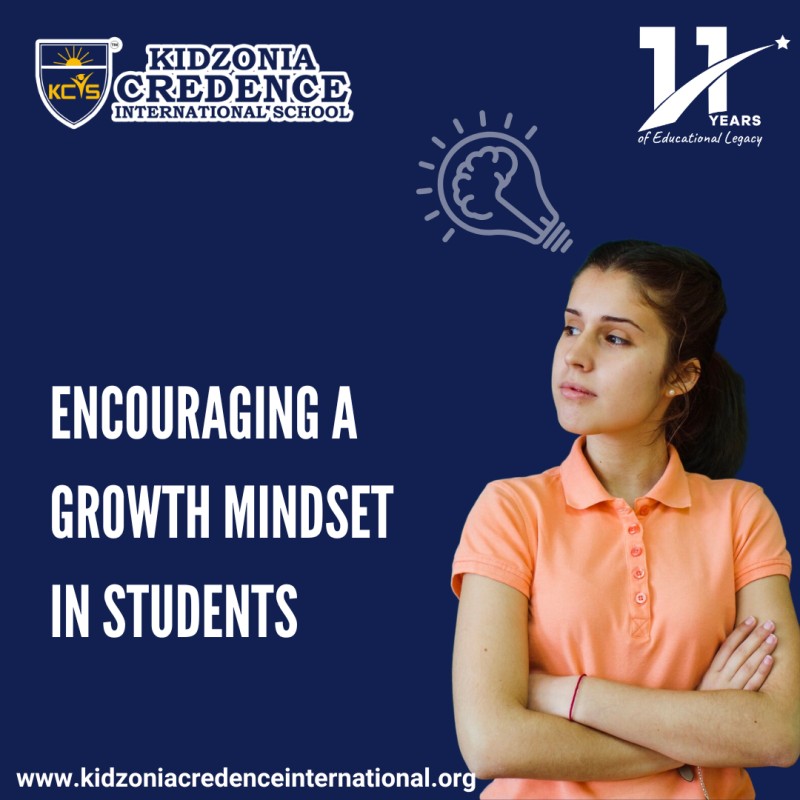By KIDZONIA
Importance Of Co-Curricular Activities In School
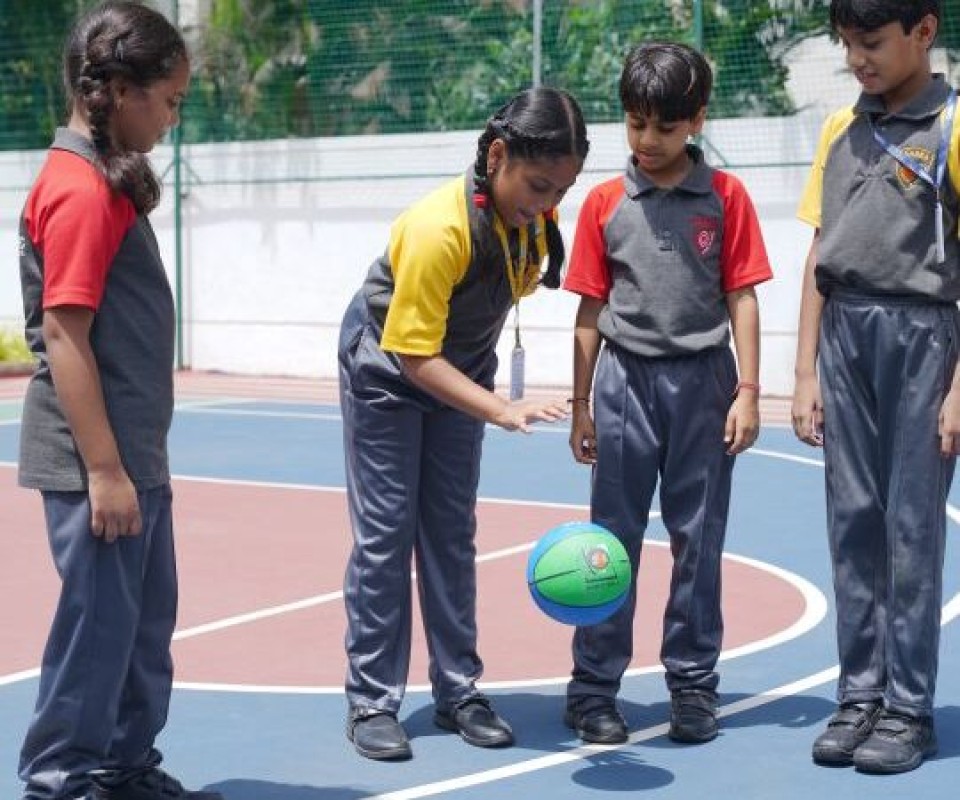
Children have an instinctive desire to learn, discover and try new things. Their natural curiosity is attracted to anything they are unfamiliar with, so that makes children interested in trying everything. This interest in learning can be taken advantage of in schools and at home to maximize a child’s development, but only when done properly.
While children are naturally curious, they are also very active, mentally and physically. At times, they have difficulty paying attention to things they are uninterested in. So is there a way to make almost any topic instantly intriguing to children? The answer lies in experiential learning.
Experiential learning is a method of learning where children actively participate in the learning process, whereby children “learn by doing” and by reflecting on the experience. It is one of the most fun, engaging and effective ways to learn and process new concepts .It makes lessons personal to children by including them in the instructing process. Classes become fun activities for children in this way. For example, instead of the traditional approach of teaching them about cutting fruit, children would cut fruit themselves under adult supervision in the experiential learning approach. It is a process through which students practice skills, obtain knowledge, and derive values from real-life situations. There are different methods of this type of learning including: field trips, projects, field research, hands-on laboratory experiments, do-it-yourself science and math kits etc. These assignments and activities give students the opportunity to experience reflective, data-driven, and problem solving scenarios.
@KCIS, we use innovative education practices to create an environment in which children’s strengths and unique learning styles are supported. We don’t teach to test, we teach to learn. We want the children to be able to understand the concepts behind the facts. How the children got to the answer can be just as important as the answer itself. Our environment is designed to allow children to create their own work space and spread out as is comfortable for them. When children are comfortable they are more apt to be involved in the learning process. We don’t know what new things children will have to learn in the future, but we do know that they will need to be competent problem solvers. We believe that the world’s challenges can be solved with openness, inspiration, innovation, invention and entrepreneurialism.
We utilize experiential learning to teach more effectively, and combine it with traditional interdisciplinary approaches to assist each child in reaching their greatest learning potential. Our unique teaching system challenges children with exciting projects that teaches them how to set goals, while also developing knowledge across multiple domains of learning. Everything we do is aimed toward developing each child’s internal curiosity and motivation to learn. When children are motivated naturally through their own interest, their learning is more comprehensive and concrete. Our low teacher to child ratio promotes deeper learning as each child learns to trust their teachers, joyfully explore the classroom environment, make discoveries, care for others and begin to see themselves as competent learners.
Learning and growth happens quickest when a child is able to devote their full attention to a topic, especially if that topic poses an age-appropriate challenge. Over the years, experiential learning has proven to have a wide range of benefits that contribute to a child’s development and also offers a fun alternative to traditional classroom teaching that can improve the following areas of growth and learning:
What are the benefits?
Memory retention: Children gain a deeper understanding of content when allowed to act on it, and when they are fully interested in the content. This causes synapses (nerves in the brain) to create stronger connections when a child associates motor functions to new information, which leads to higher memory retention.
Experiential learning demands effort and attention, simply by being an activity that children can participate in. Therefore, the lesson becomes a more personalized exercise of hands-on exploration.
Life-skill development: Students may struggle to grasp concepts that don’t pertain to the “real world.” With experiential learning, students are given the opportunity to apply data and ideas in a real-world situation where they too play an active role.
Practical knowledge is typically gained when children encounter obstacles and are given the opportunity to develop their creative problem-solving skills to overcome these challenges. With real-world content.Children learn that there are multiple solutions to challenges, and they are encouraged to seek their unique solution to hands-on tasks. Allowing children to actively participate in daily processes can establish life skills that will benefit their future growth and learning.
Emotional growth: As students engage in hands-on tasks, they find some approaches work better than others. They discard the methods that don’t work, but the act of trying something and then abandoning it – ordinarily considered a “mistake” – becomes a valuable part of the learning process. Students learn not to fear mistakes, but to value them.
Experiential learning is designed to engage students’ emotions as well as enhancing their knowledge and skills. It gives children a sense of accomplishment that develops their self-esteem and fuels their desire to learn. When they take ownership of a situation, with help from adults, children learn how to follow their ambitions without being afraid to try something new or struggle at first. Playing an active role in the learning process can lead to students experiencing greater gratification in learning.
Opportunity to reflect: By incorporating concrete experiences with abstract concepts, and then reflecting on the outcome, students engage more regions of their brain and make stronger connections with the material. They are encouraged to analyze how their actions affected the issue, and how their outcome may have varied from other students’. This analysis helps them better understand how the concepts learned can be applied to other, varied circumstances.
Conclusion Experiential learning as a creative approach to the modern curriculum is an effective tool in engaging the children to become efficient learners. The process of learning through stimulated experiences can be done both in and outside of schools. It is the reflection on these experiences that give children a deeper understanding and support their future learning.



